Ladies we Love: Long Distance Hiker Kristin Gates
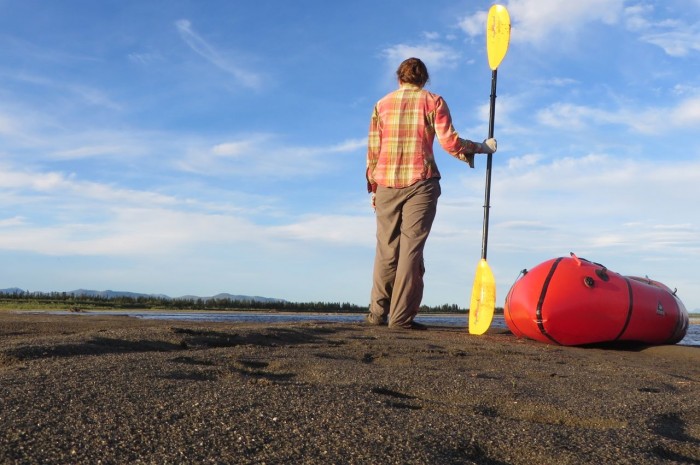
This summer, Kristin Gates, age 26, spent 51 days walking and packrafting 1,000 miles across Alaska’s Brooks Range by herself. She started on June 13 at the edge of Alaska and Canada’s Yukon and finished August 2 on the shores of the Arctic Ocean’s Chukchi Sea. In doing so, she became the first woman to cross the Arctic range alone, and the eighth person in recorded history to do so. No trails led the way—she had to orienteer through river canyons, mountain passes, and glacier ice and she was joined only by grizzly bears, migrating caribou, and packs of wolves.
Long-distance hiking is nothing new for Gates, whose thru-hiking trail name, “Lost,” was given to her years ago. By age 23, she had completed the Triple Crown of long distance hiking—the Appalachian Trail, the Pacific Crest Trail, and the Continental Divide Trail. In 2012, she hiked the 800-mile Arizona Trail and last spring, she walked the 730-mile Grand Enhancement Trail across New Mexico. She’s spent the last few winters training two teams of sled dogs for an Iditarod racer.
WM: What in the world propelled you to want to walk across the Brooks Range by yourself?
Kristin Gates: I moved up to the Brooks Range in 2010 and fell in love with the Arctic. I wanted to see it all. As a thru-hiker, I figured the best way to do that would be on foot.
WM: What was the scariest thing about being out there alone?
Gates: Hikers who have met their fate in the Arctic die from drowning in river crossings and from hypothermia. I knew that those were the real dangers that I was up against. I also knew that only three fatal bear attacks have ever occurred in the Brooks Range and that because the area is so remote, the bears up there still have a natural fear of humans. But deep down, I was more worried about the bears than anything. You can prepare for a river crossing and you can bring appropriate gear to prevent hypothermia. But you never know when you are going to turn a corner and see a grizzly at a caribou kill or a mother and her cubs and you can’t control how they are going to react. I saw 20 grizzlies and two black bears during the hike and they got my heart racing every time.
WM: Can you name a moment during your hike where you thought, “I’m really thankful I’m doing this.”
Gates: The terrain was consistently stunning the entire distance. Every day I would think to myself, “This is the most beautiful place I have ever been.” I had frequent, amazing encounters with bears, caribou, moose, wolverines, and fox, but the best part of the trip and the part that surprised me the most were the people I met along the way. My plan was to pick up my mail drop and get going in the six villages that I passed, but every time I was shown the most incredible hospitality. They took me fishing and fed me and let me learn a little bit about how they live. On every long distance trail that I’ve hiked, the people I have met along the way have been the very best part and leave me feeling full and happy and wanting more.
WM: Long-distance hiking is nothing new for you, but did you have much orienteering experience before this? How did you not get lost?
Gates: Like a lot of hikers out there, I have hiked long distance trails in order of difficulty. Each trail has been a lesson that has allowed me to step up to the next challenge. I have never had any formal education in orienteering. I just learned on the go. I was “drainage hopping” my way through the Brooks Range: hiking up one river, over a pass and down the next river, so the navigation was pretty straightforward.
WM: After graduating from college in Maine in 2009, you moved to Alaska to live 60 miles north of the Arctic Circle and learned how to dog mush. That’s not exactly the traditional step for post-graduates looking for jobs.
Gates: I moved up to Coldfoot, Alaska, after I hiked the Continental Divide Trail looking for a new adventure. My plan was to stay for a summer job as a river guide and then return to the Lower 48 and start a respectable career, but then I accidentally got into sled dogs. The first time I took the team out by myself was at night and the aurora was burning across the sky and the dogs couldn’t get out of the lot fast enough and I thought, “Oh no. I love this. That’s it. I’m in real trouble now.” Dog mushers are like thru-hikers in that once you fall into it, any hope of a normal life is down the drain. How could I work in an office after learning what it’s like to be that free and that alive?
WM: So, what will you do next?
Gates: This winter, I will be moving up to Eureka, Alaska, to run sled dogs with Iditarod and Yukon Quest racer Brent Sass. I love Alaska because many people up there live independently. Eureka, for example, is completely off the grid. In Eureka, if you want heat, electricity or food, you have to make it or get it yourself. This means wood burning stoves, solar panels in the summer, wind turbines in the winter, gardening, hunting and fishing. I will be recording my adventures at milesforbreakfast.com.
Kamagra oral jelly Online something to buy the most convenient way. He doesn’t demand from you any actions except how to visit the website. And in separate with goods necessary to you to put the end. To specify your address and to wait for the supplier to whom you will give money.

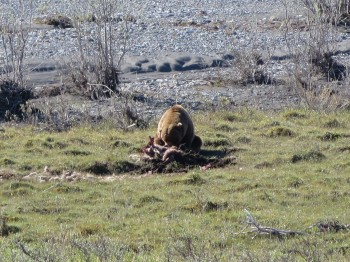
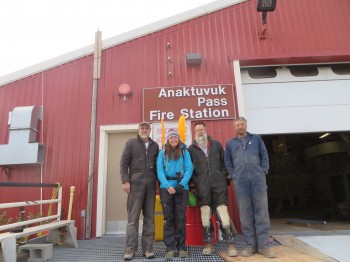
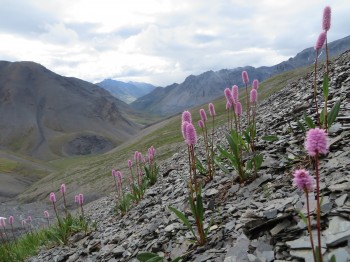
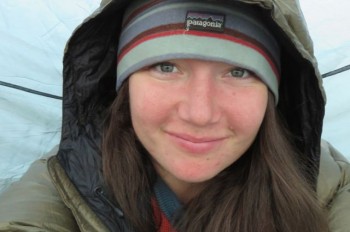

LET'S GET SOCIAL